An astonishing archaeological discovery has been made in the San Giuliano Necropolis, located in the Marturanum Regional Park near Barbarano Romano, central Italy. The Baylor University team, excavating under the auspices of Italy’s Ministry of Culture and in close collaboration with the Soprintendenza (Heritage Authority), has discovered a sealed, intact Etruscan rock-cut tomb dating back to the end of the 7th century BCE—the final phase of the Orientalizing period.
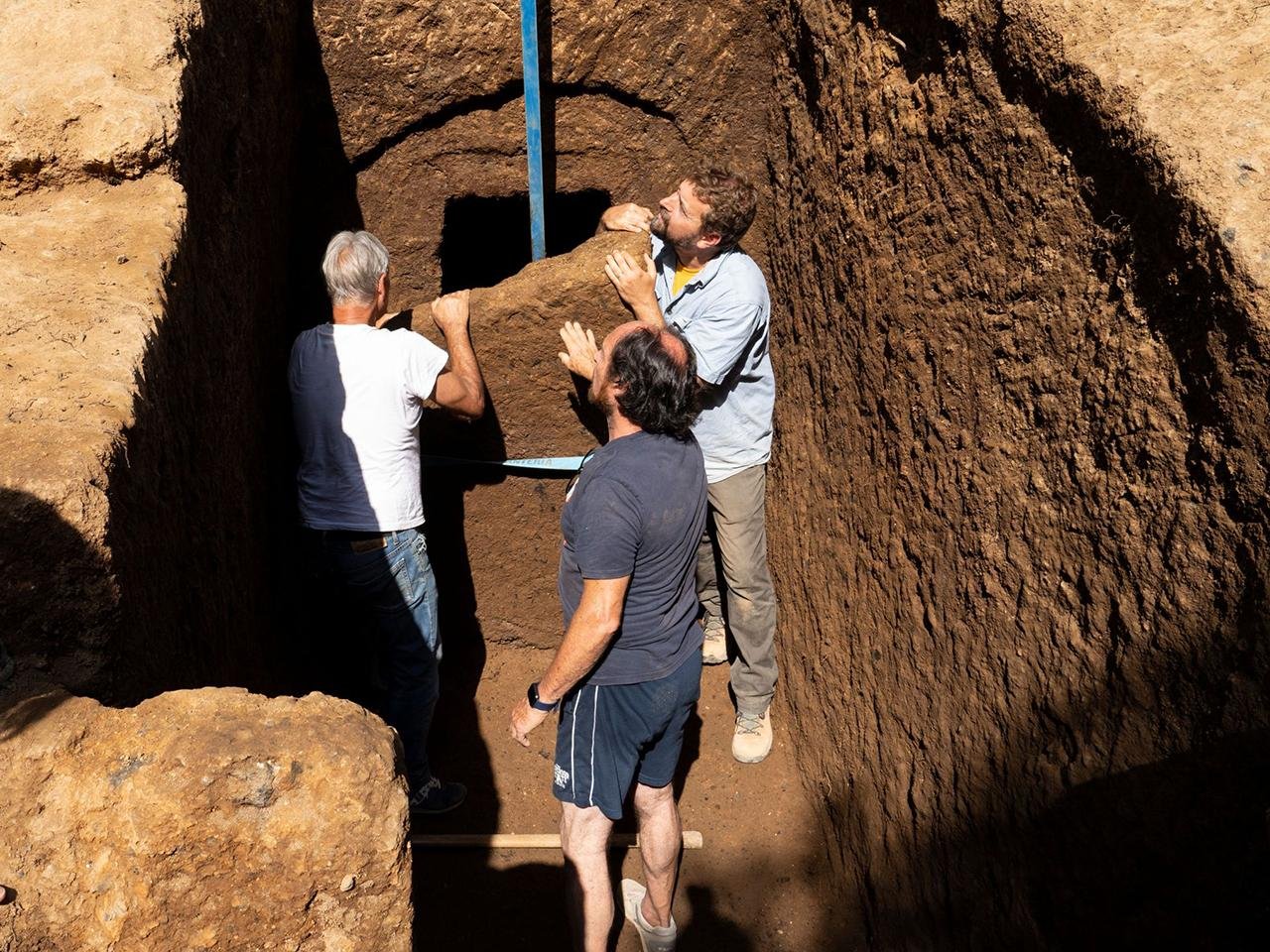
The discovery is particularly uncommon, as most of the more than 500 tombs in the necropolis have been looted over the centuries. “It’s very rare to find an untouched tomb,” the Soprintendenza’s director of archaeology, Dr. Barbara Barbaro, pointed out in a statement. “That’s what makes the discovery in this case so unique. A completely intact context is not only key for preservation, but also gives us a whole picture of life through the lens of funerary ritual.”
Once the vast stone slab that had sealed off the entrance was pulled away, archaeologists found themselves in a perfectly well-preserved burial chamber. Inside, they found funerary furniture arranged with ritual care: dozens of beautifully painted Etruscan-Geometric style ceramic vessels, a basin, and bronze ornaments placed on a burial bed to the left. Of particular interest is a vase that stood at the entrance of the tomb, which may have been included in the pre-sealing funerary rite.
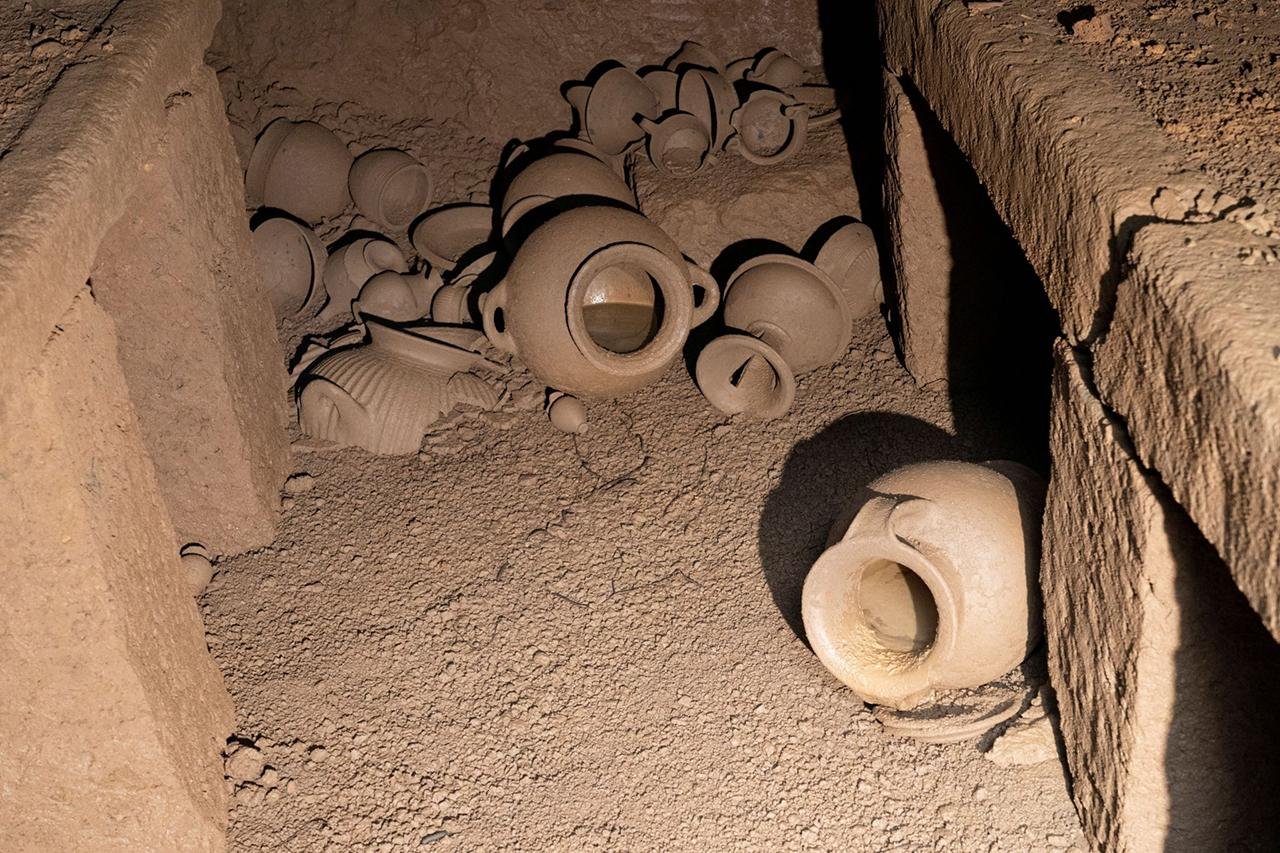
While the excavation is only just beginning, the tomb is already yielding new insight into Etruscan burial practices and social customs. Stratigraphic excavation and detailed documentation are ongoing to document the context of the tomb before the removal of artifacts for analysis.
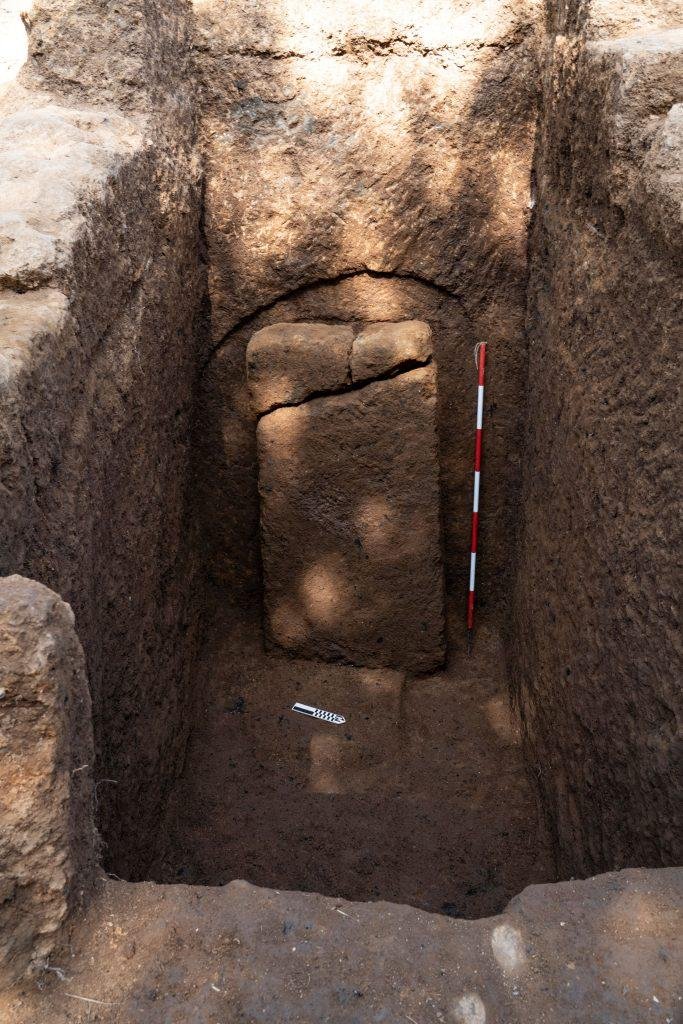
The discovery is part of a large-scale, multi-year research and preservation project of the Queen’s Tomb area of the necropolis, which features monumental tombs like the 10-meter-tall Tomba della Regina, the Tomb of the Salamander, and others like the Tomb of the Stag and the Tomb of the Beds. Restoration in 2023 and early 2024 revealed new tombs and artifacts, including a carnelian scarab featuring a warrior motif in a looted chamber.
Dr. Barbaro commended the team effort involved in the project, saying, “This is what happens when an untouched tomb is uncovered—it is a collective event. It is like the door to the tomb, once opened, forms a bridge to our past, a gateway to our ancestors. The silence… the awe, the respect for those who stayed waiting behind that great stone. The emotion.”
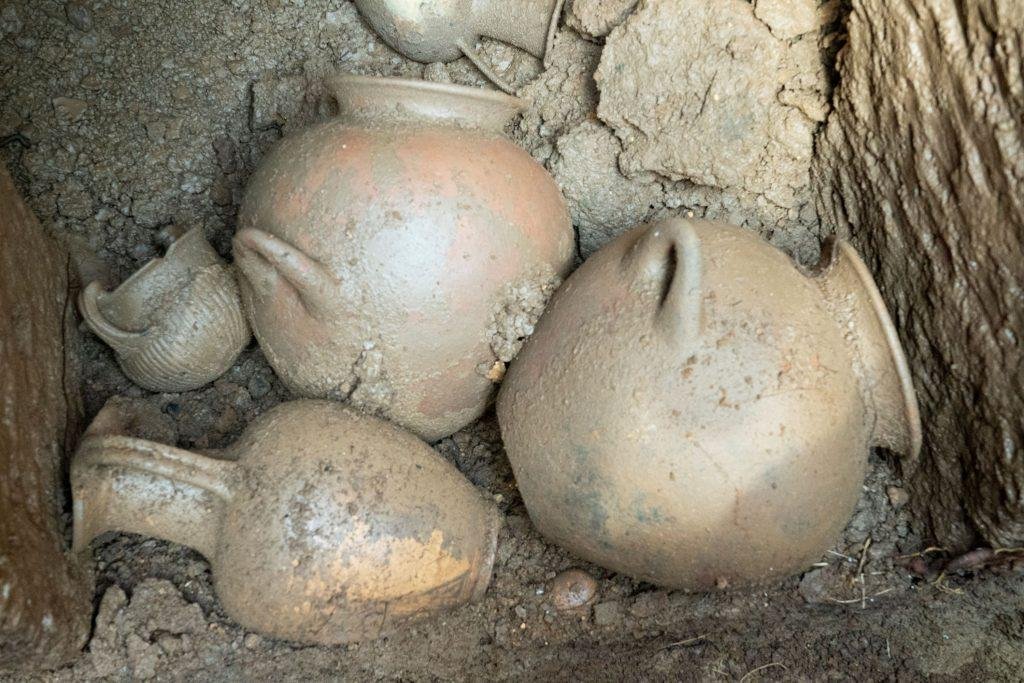
She concluded by underlining the necessity of rescuing this kind of heritage from illegal trafficking: “We’re happy to have taken this material out of the hands of those who would have stolen it for profit. Now, this heritage will tell a beautiful story to everybody.”
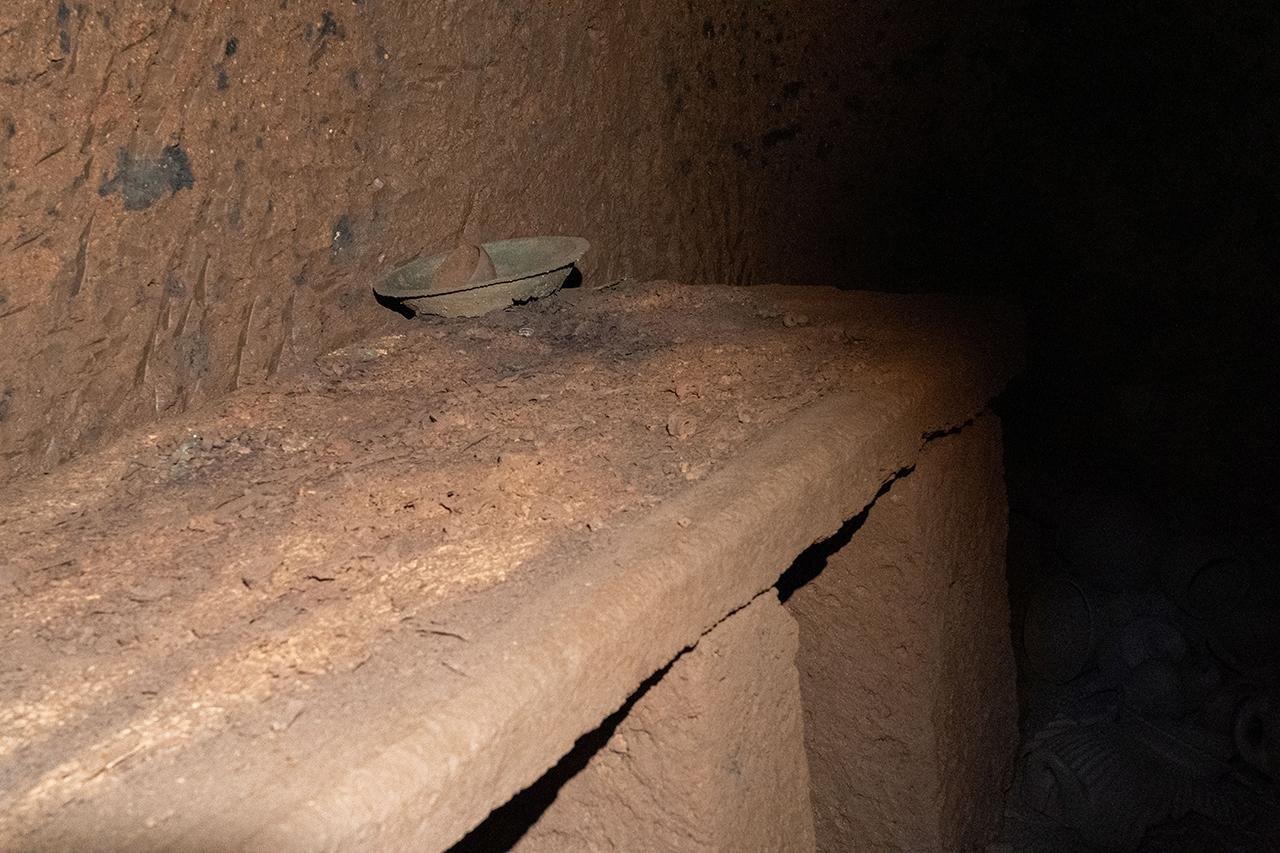
The tomb and its contents will be conserved and analyzed before being made accessible in future museum exhibitions, where they will reveal new information about Etruscan civilization and a new and important chapter in its history.
More information: Soprintendenza Archeologia Belle Arti e Paesaggio per la provincia di Viterbo e per l’Etruria Meridionale



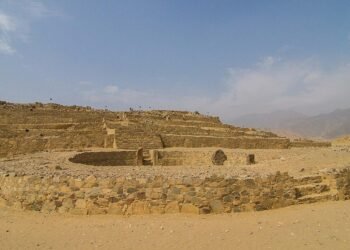
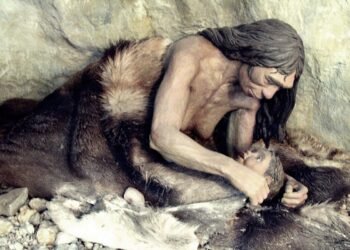
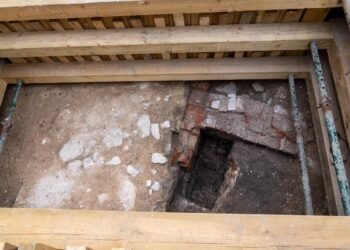
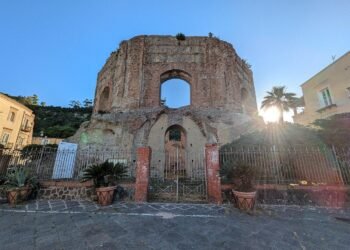
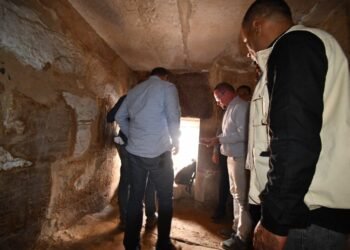
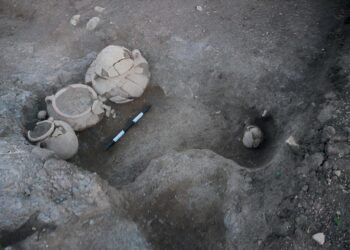















Amazing find. I’m sure centuries of earthquakes has made everything tumble around, some of which probably under dust. Speaking of which, it looks like that’s what happend to the human remains on the burial bed.